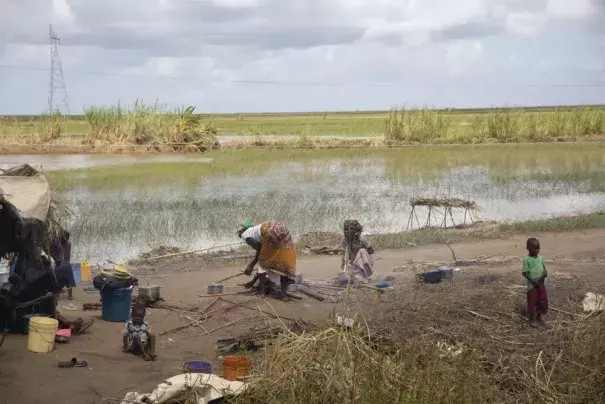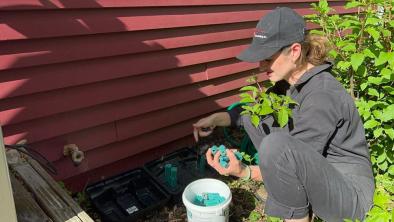Waterborne Diseases Flourish In Freddy Aftermath

Climate Signals Summary: Even as the initial death toll of the seemingly-interminable Cyclone Freddy is still being counted — and may well top 1,000 — a fast-growing cholera outbreak in Mozambique is causing even more suffering. Likely the longest-lasting cyclone ever, Freddy killed more than 850 people across Mozambique, Madagascar, and Malawi with well over 500 people still officially missing in Malawi — the only one of those nations not hit twice by the storm. “The cyclone destroyed the infrastructure here,” José da Costa Silva, clinical director of the Icidua health center, told the AP. “We are working in parts of the hospital that were not destroyed. Some colleagues are working outside in the open because there’s not enough space available for everyone.” Cholera is spread when sewage infiltrates drinking water supplies and, like other waterborne diseases including malaria (also on the rise there), often flourishes in the aftermath of heavy flooding. In Mozambique’s Zambezia province, 31 people have died of cholera and over 3,200 were hospitalized in the last two weeks of March alone, with some 600 to 1,000 new cases a day, in addition to over 400 cases of Malaria in a rural camp for displaced people. “A cholera outbreak in a flooded flatland with a very high water table is ‘mission impossible’ to address,” said Myrta Kaulard, the UN resident coordinator in Mozambique.
Climate Signals background: Cyclonic storms, Vector-borne disease risk increase
You can read the rest of this article here: https://apnews.com/article/cholera-mozambique-cyclone-freddy-c8e581aa44699a621baa3f72c1be65fe
Related Content




